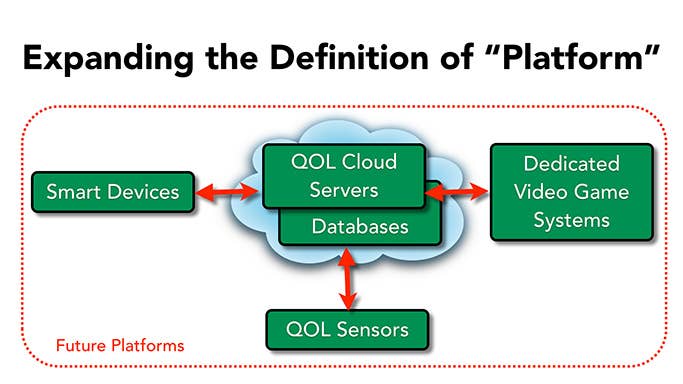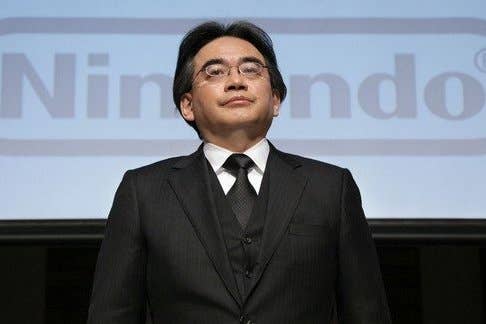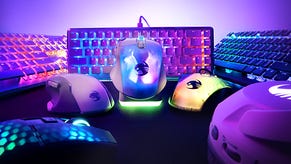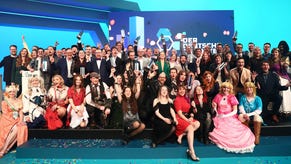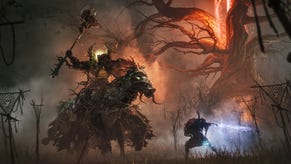Nintendo is redefining entertainment with a sleep sensor
"Quality of Life" initiative's first step will be a device to monitor and visualise sleeping patterns
Nintendo is collaborating with experts in sleep-related disorders and diseases for the first device in its new "Quality of Life" initiative.
In a corporate briefing in January, Nintendo stated it was redefining entertainment as anything that, "improve people's QOL or Quality of Life in enjoyable ways." Now, Satoru Iwata - who has recently returned to work following a period of ill health - has shed some light on how that idea will manifest in terms of products.
Specifically, as its "first step" Nintendo is working on a device that monitors and visualises the quality of its users' nightly rest.
"Everyone needs to sleep, and all of us get tired," Nintendo's president said in a presentation to investors. "However, we tend to recognise these conditions in a subjective fashion. Fatigue and sleep are themes that are rather hard to visualize in more objective ways. At Nintendo, we believe that if we could visualise them, there would be great potential for many people regardless of age, gender, language or culture."
Nintendo believes that the lack of a "definitive product" for visualising sleep is down to the tendency of existing products to ask too much of the user. With this in mind, Nintendo's device will be built on five principles: it shouldn't be worn by the user, it should have no physical contact with the body, it shouldn't require direct operation to recognise when sleeping begins, the user should be able to receive feedback without waiting, and it should have no complicated installation procedure.
Or, to use Iwata's terminology: non-wearable, non-contact, non-operating, non-waiting, and non-installation efforts.
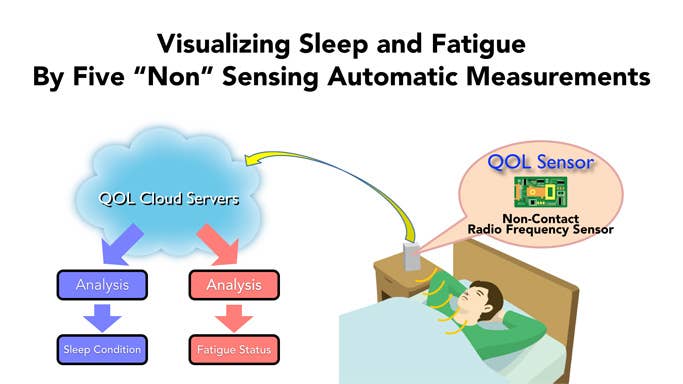
"Inside the QOL Sensor is a non-contact radio frequency sensor, which measures such things as the movements of your body, breathing and heartbeat, all without physically touching your body," Iwata said. "This automatically gathered data will be transmitted to the QOL cloud servers, which will then analyse the data measured by the sensor and visually represent sleep and fatigue results."
The "non-contact sensor measurement technology and sleep condition estimation technology" will be provided by ResMed, a US-based Australian company that manufactures products for the treatment of sleep disorders. The processes for the analysis and visual interpretation of sleep data will be developed in collaboration with Dr. Hirohiko Kuratsune and Dr. Seiki Tajima, both researchers in fatigue science.
"Based upon the sleep and fatigue status of the consumer which have both been 'visualized', services intended to improve QOL will be proposed," Iwata continued. "Consumers will be encouraged to take certain actions, such as exercising or changing diet... By continuing the measurements every day, users will be able to observe a gradual change achieved by their actions."
As Iwata has previously noted, this constitutes an entirely new conception of "entertainment" on Nintendo's part. And as the presentation drew to a close, Iwata also indicated that Nintendo has changed its view of what constitutes a "platform" to one that integrates third-party devices like smartphones.
"When we look at the prevalence of smart devices today, if we can use them to help visually represent sleep and fatigue status, it would be a waste not to make use of them to, for example, check the status or offer service to users. Needless to say, it would also be possible to use dedicated video game systems that could help to improve QOL.
"As with the definition of entertainment, Nintendo is willing to expand the definition of 'platform' without being bound by traditional thinking."
